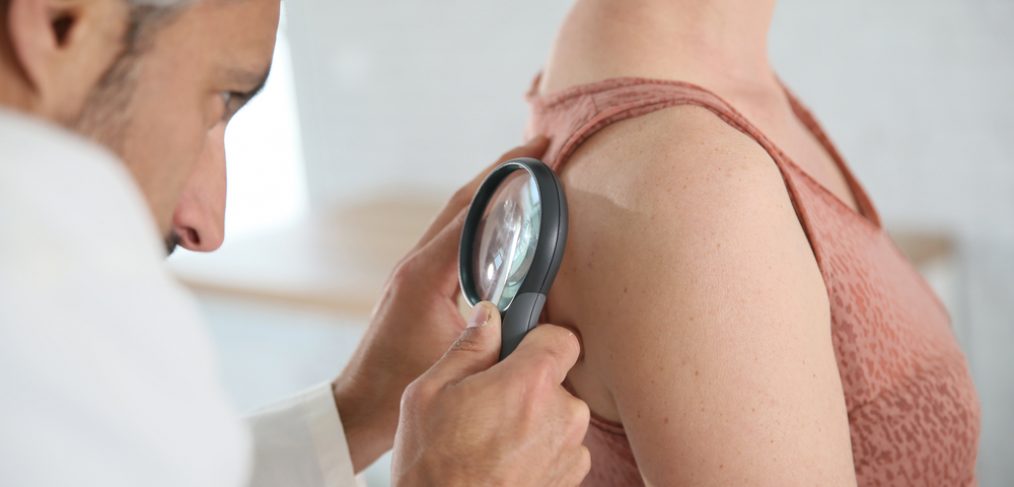Are the dark circles under your eyes getting you down? Well, hear this! It seems that there is a whole army of people with dark circles under their eyes who wear these features as badges of honor. Dark circle mantras include,”Those dark circles under my eyes are not from being tired, they’re from being awesome.” Benicio Del Toro defends his dark circles by saying, “Before I was ever in high school, I had dark circles under my eyes. I have dark circles under my eyes, deal with it.”
But if you don’t feel ready to bin your concealer, here are some facts that may be helpful. Dark circles under the eyes can usually be attributed to exhaustion, age, or illness. But those dark circles can also be a product of environmental allergies and can be fought accordingly.
Seasonal Allergies
Allergies, like hay fever, cosmetic allergies, food allergies and allergies from the workplace are all likely to cause dark circles. The blood vessels under the eyes to swell and rub the thin skin of the eyes, resulting in a darker color. Blocked nasal passages can also contribute to the formation of dark circles as the veins connecting the nose and eyes become dilated and dark. In the winter season, pollen from certain flowers can cause allergies which create dark circles.
Environmental Allergies
Environmental allergens include dust, mildew, mold and smoke. Pet dander can also cause allergies which lead to dark circles. Environmental allergies can lead to congestion which accelerates blood flow to the nose. Because of the delicate texture of the skin under the eyes, the excess blood flow creates a purplish color and makes the blood vessels around the eyes larger, creating a drier hue. Add to that the fact that allergy sufferers suffer adrenal fatigue and don’t sleep properly.
Food Allergies
Although the way foods affect allergy sufferers differ from person to person, the most common culprits are peas, chocolate, citrus, mustard, peanuts, shellfish, soy, and wheat. Foods with high sodium and potassium contact can also lead to dark circles.
Remedies for Dark Circles
- Eye Cream: A topical cream containing ingredients like Vitamin A, cucumber extract or green tea extract can be effective on dark circles.
- Cold Compress: Applying a cold compress on the eyes can reduce the appearance of dark circles by reducing inflammation, Place them on the eyes for about 15 minutes to affect a change.
- Cucumber slices: Cucumbers are known to have natural bleaching properties and their pulp contains and solution that reduces skin swelling and restores texture. Apply cold slices to eyes for about 10 minutes and rinse with cold water. Potato slices and moist chamomile tea bags can also be effective.
- Medication: While seasonal allergies can usually be effectively treated with OTC meds, allergy sufferers are also known to be deficient in folic acid, B6 and B12. Multivitamins can help to restore levels of these vitamins to the system.







